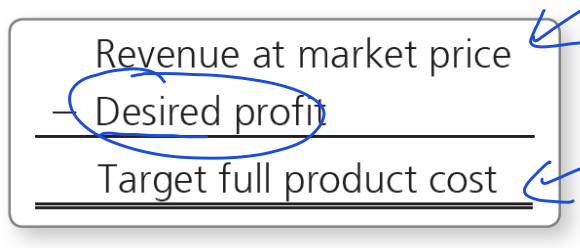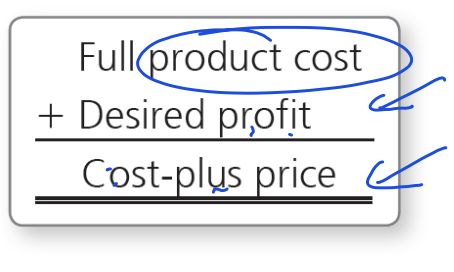Chapter 8: Short-Term Business Decisions
1/27
There's no tags or description
Looks like no tags are added yet.
Name | Mastery | Learn | Test | Matching | Spaced |
|---|
No study sessions yet.
28 Terms
how do managers make decisions
define business goals
identify alternative courses of action
gather and analyze relevant information: compare alternatives
choose the best alternative
relevant information
expected future data that differs among alternatives
relevant costs
costs that are relevant to a particular decision (opportunity costs)
relevant revenues
revenues that are relevant to a particular decision
irrelevant costs and irrelevant revenues
costs and revenues that do no affect a decision
not in the future or do not differ among alternatives
sunk costs
costs that were incurred in the past and cannot be changed, regardless of which future action is taken
example: depreciation, original purchase price of an asset
differential analysis
common approach to making short-term business decisions
method that looks at how operating income would differ under each decision alternative
short-term decisions include:
regular and special pricing
dropping unprofitable products and segments, product mix, and sales mix
outsourcing and processing further
two keys in analyzing short-term business decisions:
focus on relevant revenues, costs, and profits
use a contribution margin approach that separates variable costs from fixed costs
three questions managers must consider when setting regular prices:
what is the company’s target profit?
how much will customers pay?
is the company a price-taker or a price-setter for this product or service?
price-taker
company has little control over pricing
product lacks uniqueness
there is intense competition
pricing approach emphasizes target pricing
price-setter
company has more control over pricing
product is more unique
there is less competition
pricing approach emphasizes cost-plus pricing
target pricing
starts with the market price of the product and then subtracts the company’s desired profit th determine the maximum allowed target full product cost

cost-plus pricing
starts with a company’s full product costs and adds its desired profit to determine a cost-plus price

special pricing decision occurs when
a customer requests a one-time order at a reduced sales price
things management must consider for special pricing:
does the company have the excess capacity available to fill the order?
will the reduced sales price be high enough to cover the differential costs of filling the order?
will the special order affect regular sales in the long run?
when to accept / reject special pricing orders
ACCEPT: if the expected increase in revenues exceeds the expected increase in variable and fixed costs
REJECT: if the expected increase in revenues is less than the expected increase in variable and fixed costs
short-term management decisions include how products are produced. Two questions are:
should the company outsource a component of the finished product or make it?
should a company sell a product as it is or process it further?
outsourcing
allows a company to take advantage of another company’s expertise, which allows it to focus on its core business functions
decisions are often called make-or-buy decisions because managers must decide wether to buy a component product or service it in-house
the heart of these decisions is how best to use available resources
in deciding whether to outsource, managers must assess fixed and variable costs separately. Management considers the following:
how do the company’s variable costs compare to the outsourcing costs?
are any fixed costs avoidable if the company outsources?
what could the company do with the freed manufacturing capacity?
decision rule: outsource?
OUTSOURCE: if the differential costs of making the product exceed the differential costs of outsourcing
DO NOT OUTSOURCE: if the differential costs of making the product are less than the differential costs of outsourcing
sell or process further? Managers must determine:
how much revenue will the company receive if it sells the product as is?
how much revenue will the company receive if it sells the product after processing it further?
how much will it cost to process the product further?
joint costs
costs of a production process that yields multiple products
decision rule: Sell or process further?
PROCESS FURTHER: if the additional revenue from processing further exceeds the additional cost of processing further
SELL AS IS: if the additional revenue from processing further is less than the additional cost of processing further